
6U Dispenser. The Tyvak NLAS design wasderived from the NASA Ames
For the NPP mission, there will be three Poly Picosatellite Orbital Deployers (P-PODs) aboard the Delta II rocket that will ferry NPP into space. Each P-POD is capable of deploy-ing up to three CubeSats. Five CubeSat proj-ects were selected for this mission, as some are larger than the minimum size.

Argentina en el Espacio El jueves se pondrá en órbita el CubeBug2
The Space Research Centre of the Polish Academy of Sciences (SRC PAS) together with Astronika company have developed an Orbital Deployer called DRAGON for ejection of the Polish scientific nanosatellite BRITE-PL Heweliusz (Fig. 1).

Students’ PPOD with CubeSats ready for Vandenberg launch
6) "Poly Picosatellite Orbital Deployer Mk III Interface Control Document," California Polytechnic State University, August 2007. 7) "Design and Development Requirements for Mechanisms," Revision A, National Aeronautics and Space Administration, July 2015. 8) Miga Motor Company. "Miniature High Force, Long Stroke Linear Shape Memory.

Three 1U CubeSats beside a 3U (Poly Picosatellite Orbital Deployer
Abstract—Cal Poly students are participating in the development of a new class of picosatellite, the CubeSat. CubeSats are ideal as space development projects for universities around the world.
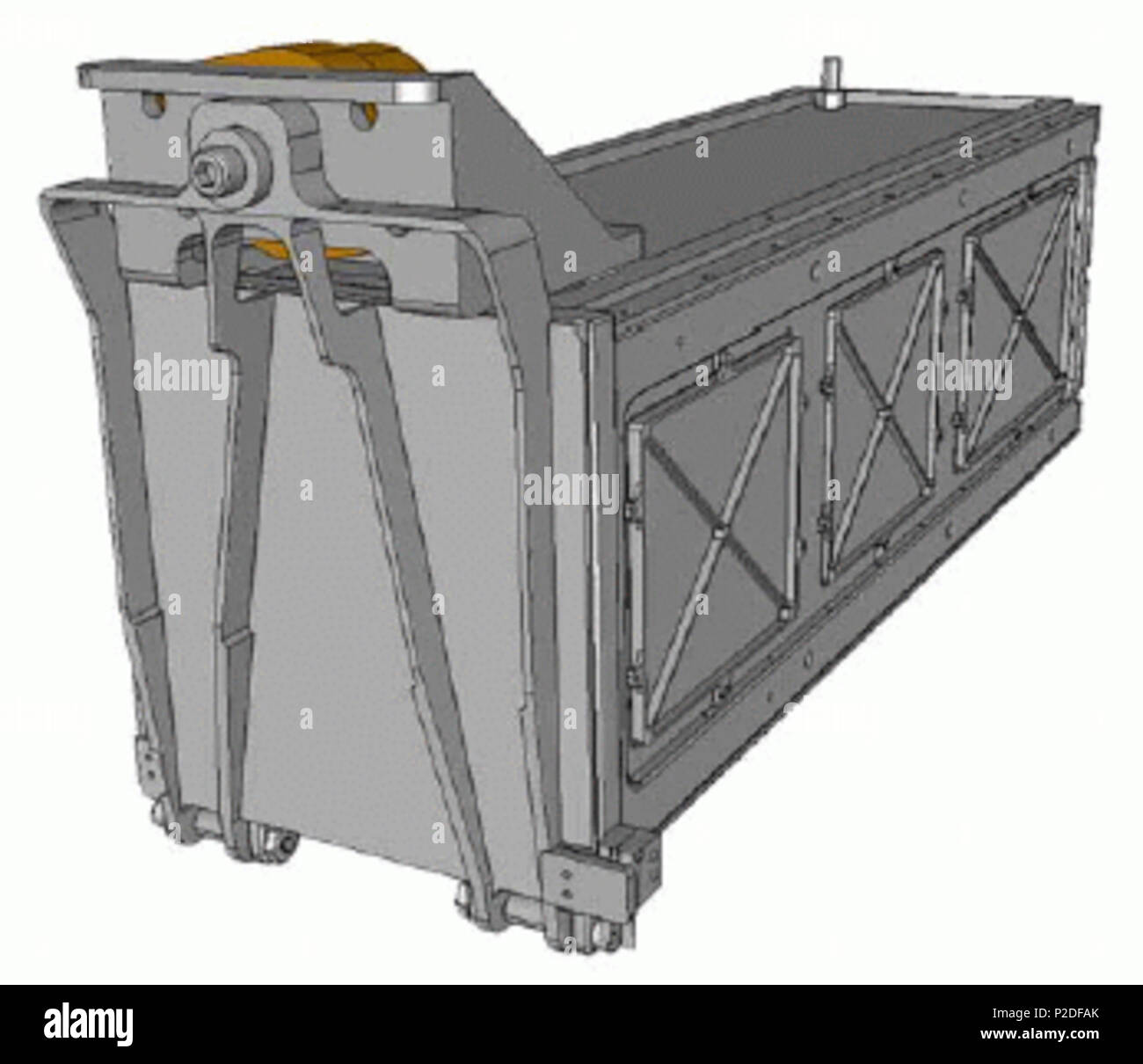
42 Poly Picosatellite Orbital Deployer 3D model Stock Photo Alamy
OPAL's mission to deploy daughter-ship "picosatellites" had resulted in the development of a launcher system that was "hopelessly complicated" and could only be made to work "most of the time".
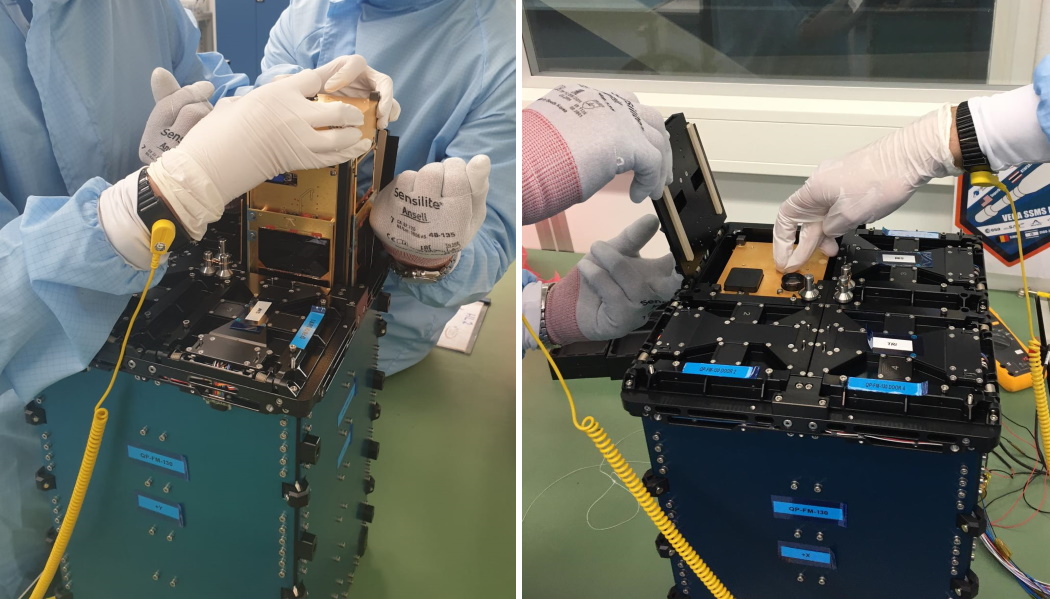
PICASSO picosatellite ready for launch BIRAIASB
The Poly Picosat Orbital Deployer (P-POD) is a standard deployment system, which reduces the satellite development time for Cubesat compliant devices. This standard deployer ensures that all Cubesat developers may conform to some common physical requirements. The P-POD plays a critical role as the interface between the launch vehicle and Cubesats.

Students’ PPOD with CubeSats ready for Vandenberg launch
The California Institute of Technology developed three generations of Poly Picosatellite Orbital Deployers (P-POD) [15,16,17]. Each P-POD can store and release three CubeSats with a mass of less than 1 kg.. M. DRAGON—8U Nanosatellite Orbital Deployer. In Proceedings of the 42nd Aerospace Mechanisms Symposium, Baltimore, MD, USA, 14-16.
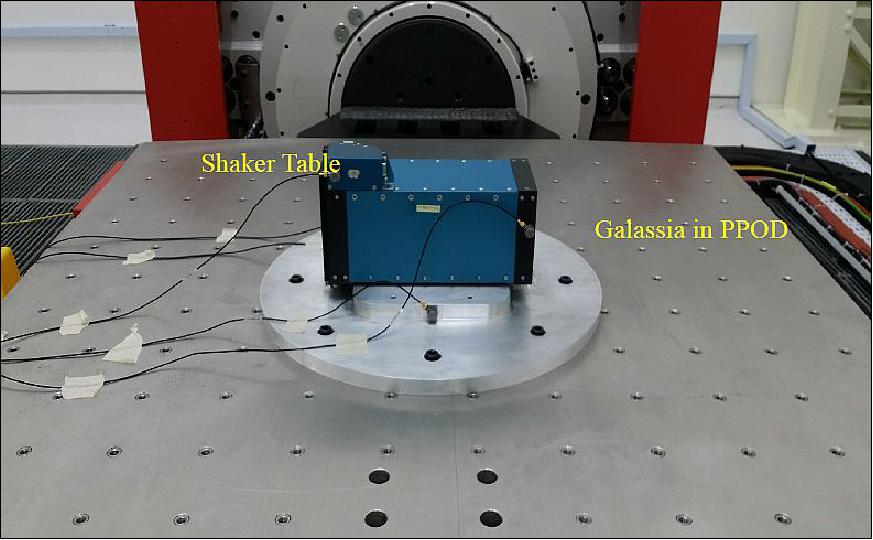
Galassia
CubeSats are a class of research spacecraft called nanosatellites and are built to standard CubeSat Units or U dimensions of 10 by 10 by 10 cm and are formally classified as 1U, 2U, 3U, or 6U in size. Most CubeSats are deployed from a Poly-Picosatellite Orbital Deployer called a P-POD.

California polytechnic state university hires stock photography and
Poly Picosatellite Orbital Deployer 2.1 Interface The Poly Picosatellite Orbital Deployer (P-POD) is Cal Poly's standardized CubeSat deployment system. It is capable of carrying three standard CubeSats and serves as the interface between the CubeSats and LV. The P-POD is a rectangular box with a door and a spring mechanism.
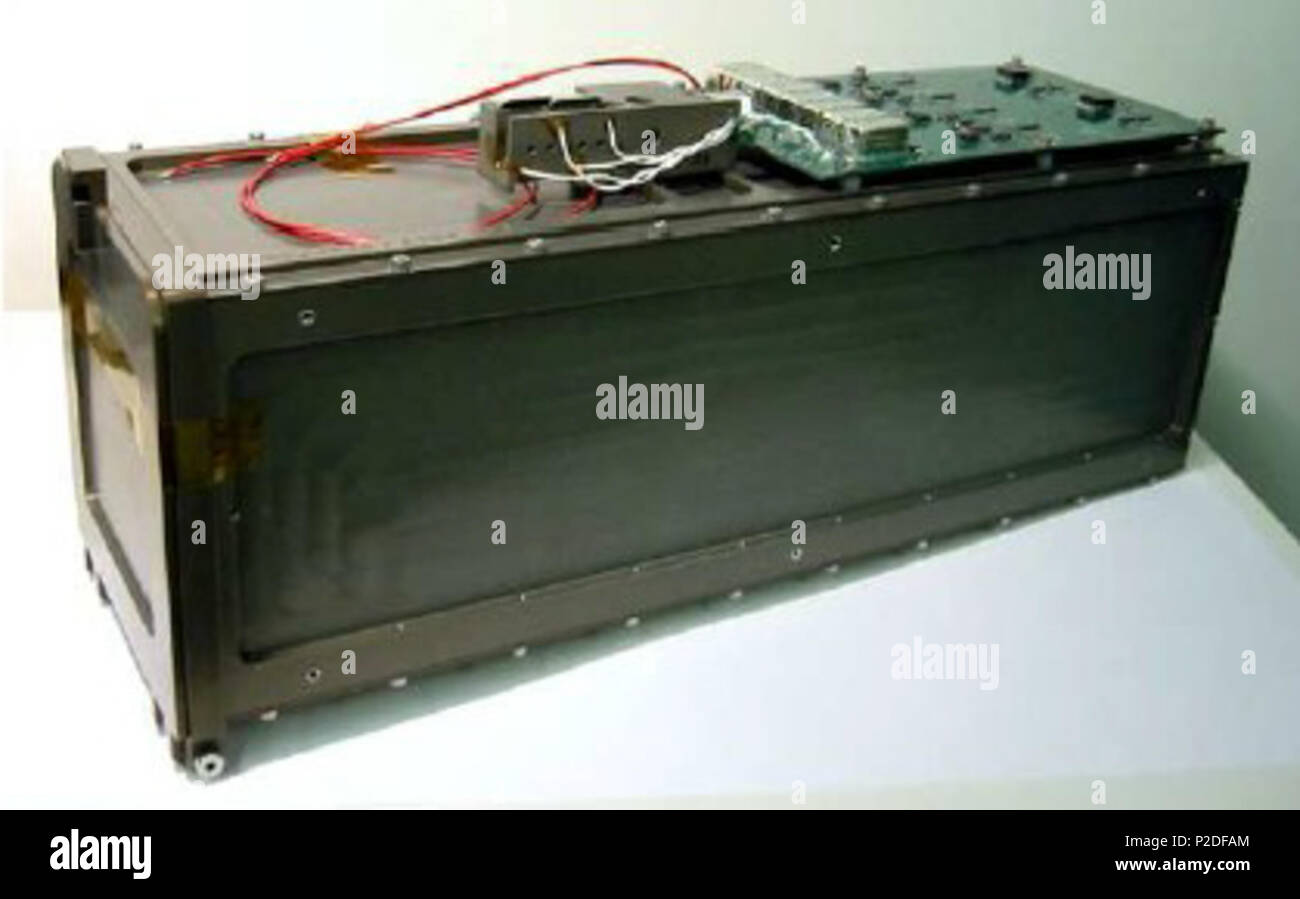
Orbital deployer hires stock photography and images Alamy
Nanosatellites or cubesats are typically launched and deployed from a mechanism called a Poly-PicoSatellite Orbital Deployer (P-POD) mounted directly on a launch vehicle. This is the first time NASA has mounted a P-POD on a microsatellite to eject a cubesat.
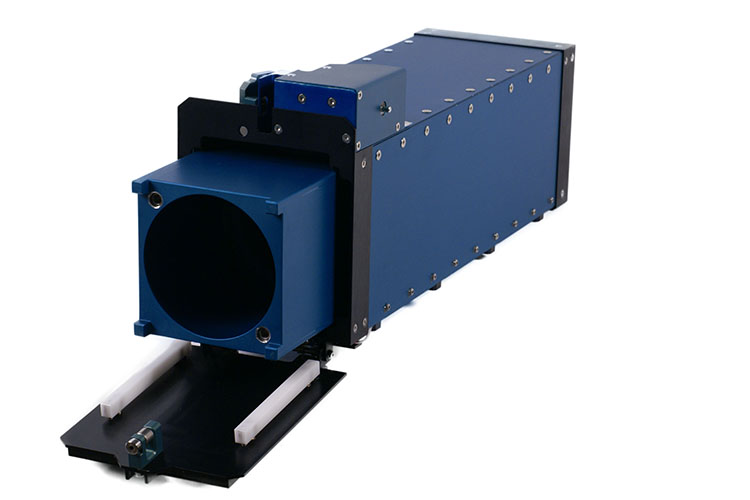
ISIPOD CubeSat Deployer ISISPACE
To guarantee the orbital deployment of the CubeSat, Stanford University and Cal Poly jointly developed P-POD (Poly Picosatellite Orbital Deployer) [7], [8], [9], [10].

The Poly Picosatellite Orbital Deployer (PPOD). This platform can
The Nano-Launch Vehicle CubeSat Deployer (NLV CD) and Poly-Picosatellite Orbital Deployer (P-POD) are two CubeSat deployment systems that have been designed and produced by the Cal Poly CubeSat Program for supporting NASA's Education Launch of Nanosatellites (ELaNa) missions.

PPT TJ Faculty Presentation 2006 PowerPoint Presentation ID4736340
standard deployers, for example the Poly-Picosatellite Orbital Deployer (P-POD) for 1U-3U form. factors [2]. The P-POD is an anodized aluminum prismatic box. a spring in the deployer pushes into.
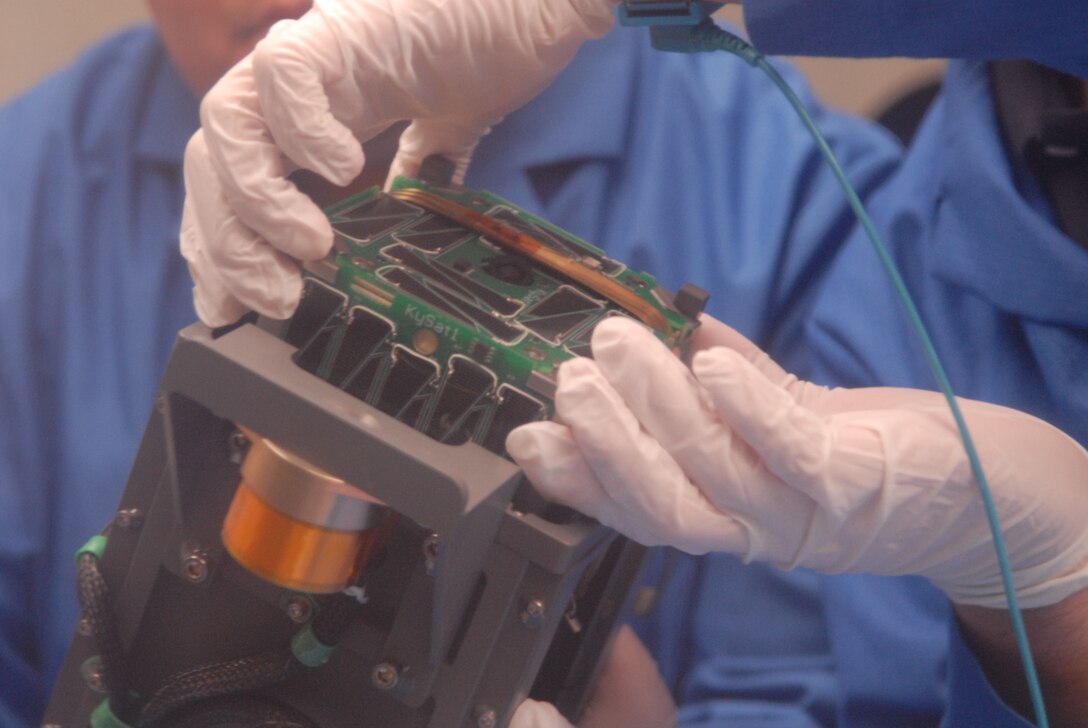
Students’ PPOD with CubeSats ready for Vandenberg launch
The Poly Picosatellite Orbital Deployer (P-POD) is a standard deployment system that ensures all CubeSat developers conform to common physical requirements. The P-POD plays a critical role as the interface between the launch vehicle and CubeSats. The P-POD utilizes a tubular design and can hold up to 340.5mm x 100mm x 100mm of deployable hardware.

Three 1U CubeSats beside a 3U (Poly Picosatellite Orbital Deployer
The Poly-Picosatellite Orbital Deployer (P-POD) has undergone a series of revisions over the years. The latest revision, described in this Master's Thesis, incorporates new capabilities like EMI shielding, an inert gas purge system, and an electrical interface to the CubeSats after they are integrated into the P-POD.

NASA Poly Picosatellite Orbital Deployer (PPOD)
GRIFEX was released into space by a Poly-PicoSatellite Orbital Deployer (P-POD) mounted on the upper stage of the Delta II rocket about 107 minutes after launch. Amateur radio collaborators in Europe were the first to detect the GRIFEX signal beacon about two hours after release. GRIFEX was put into an approximately 650 km circular, polar, low.